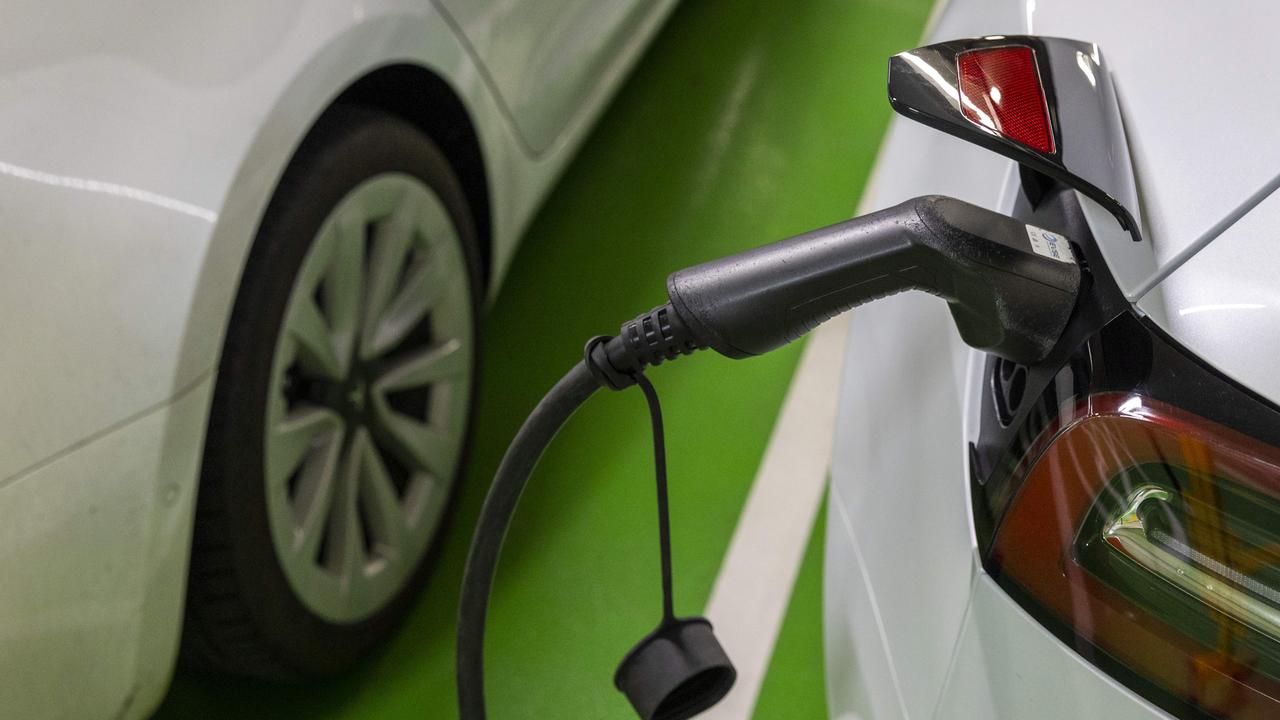The transition to electric vehicles would put as much pressure on Australia’s struggling electricity grid as homes and apartments already do, experts have warned.
It comes as the House of Representatives continues its inquiry into impact of the wholesale uptake of electric vehicles, or EVs, including infastrture and costs to motorists.
Race for 2030 Interim Director Associate Professor Roger Dargaville powering EVs in just one million households could cost as much as $10 billion in power inverters.
Representing the renewable energy advocacy group, Professor Dargaville told the inquiry to charge an EV at home users had to purchase a DV to AC converter device.
“That piece of infrastructure costs about $10,000 at the moment, and if you have a million vehicles sometime in the future trying to do this that’s $10 billion,” he said.
“It’s very dangerous to make predictions about the cost … we all made the mistake with solar panels of saying that they can’t come down and they’ve exceeded expectations.
“That comes with scale … I suspect they’ll come down to half or a third of the current costs, but even a $3,000 a pop. if you’ve got millions of them it’s a lot of money.”
Professor Dargaville said there was currently only a single brand of inverters on the market, but couldn’t confirm whether people with solar inverters would need another.
The “optimal situation” he said was for there to be widespread charging infrastructure “where they’re parked during the day at office buildings, shopping centres, schools”.
Asked about EVs feeding power back into the grid, Professor Dargaville admitted it was a “very complicated question” and that more research was needed about the benefit.
He said research about the impact of EVs on the entire grid was also needed but warned they would demand “as much electricity as the residential sector at the moment”.
The inquiry seeks to establish the wide-reaching impacts of widespread EV take-up, including batteries, and is chaired by South Australian Labor MP Antonio “Tony” Zappia.
